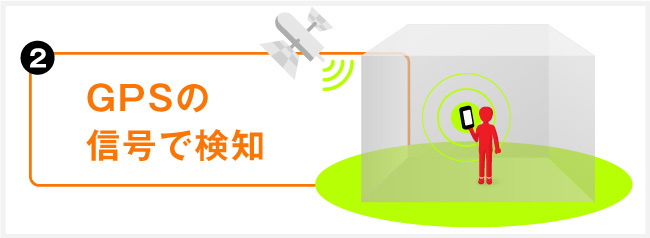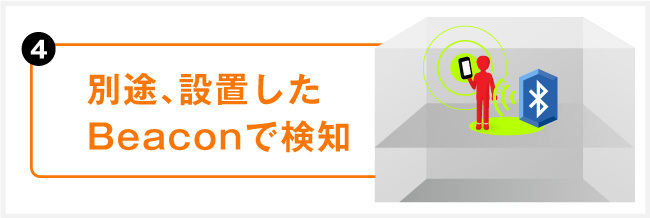Nice to meet you. I'm Uehara from Dentsu Inc.'s Data & Technology Center.
"Data is important. But it seems complicated and hard to get started with"... I feel many people think this way.
But the truth is, data is actually a very familiar presence that supports our daily lives.
With the hope of helping everyone feel more familiar with data, we launched the "Surprisingly Familiar Data Lab" project. We aim to convey the accessibility of data in an easy-to-understand way using manga and illustrations.
So, let's get started right away...! Our first installment is "Location Information Explained Through Manga."
Location data captures target insights based on where people go.

Typically, people who visit select shops tend to be fashion enthusiasts, while those who go to toy stores often have children.
Behaviors like these reveal a person's "interests and passions."
*Location data is used only with user consent. We do not retain or use personally identifiable information.


The 4 Types of Location Data. What's the Difference?
Location data is obtained from devices like smartphones and PCs, and the accuracy achievable varies depending on the standard used: base stations, GPS, Wi-Fi, or Beacons.
It uses information from base stations that transmit radio waves to mobile phones. Since the range it can capture is large, it is suitable for observing population dynamics.
Detected from GPS satellites in orbit. Offers finer granularity than base stations, enabling detection at the level of city blocks or individual buildings.
Primarily excels at capturing indoor locations. It determines position based on the strength of radio waves from Wi-Fi access points.
By placing Beacons near products, it detects when customers pass by them. In buildings like office towers, placing Beacons on each floor enables detection of visitor counts by floor.
Dentsu Inc. does not retain or utilize personally identifiable data when utilizing its Data Management Platform (DMP), including location information.
Contact:
midika@dentsu.co.jp


















